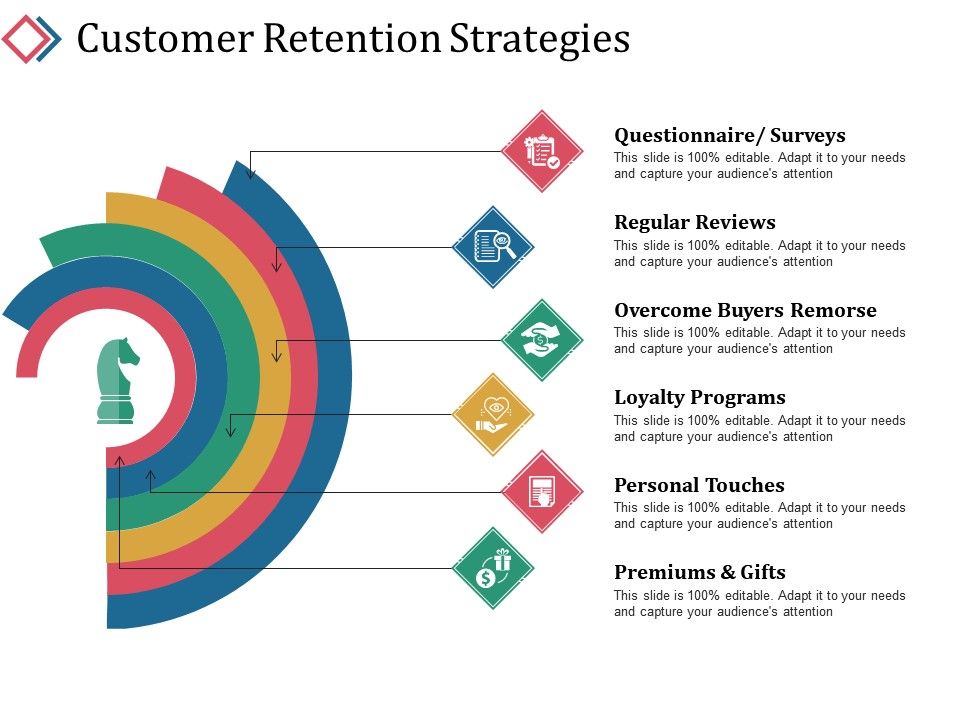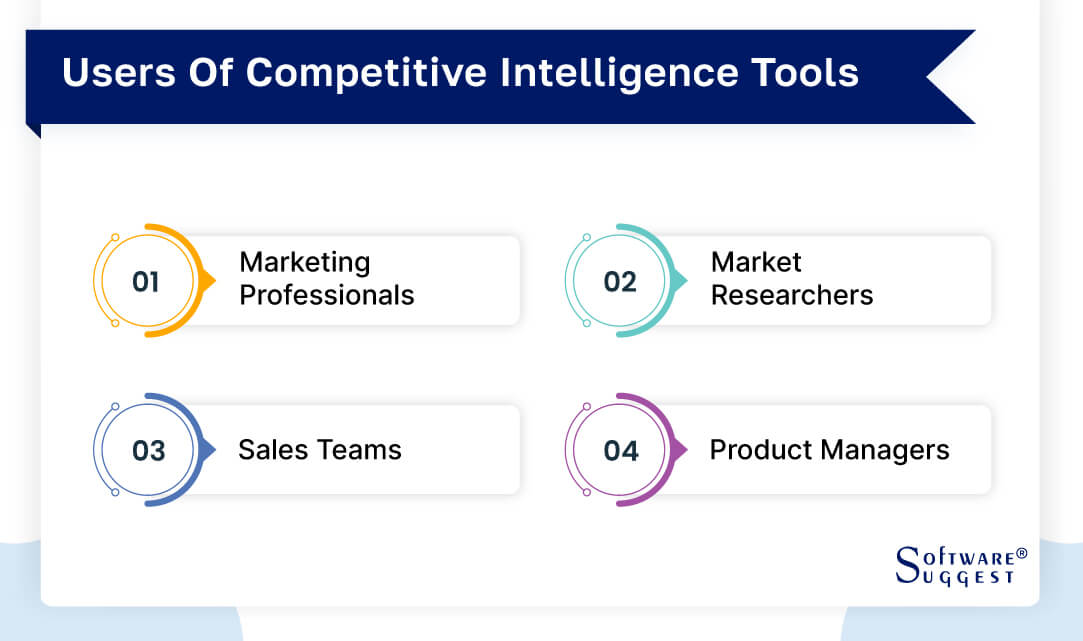Effective Change Management Strategies
Effective change management strategies are vital for organizational growth and adaptability. By understanding the importance of implementing these strategies, businesses can navigate through transitions with ease, ensuring a smooth evolution towards their goals.
In this comprehensive guide, we will explore the key components of effective change management strategies, the challenges organizations face in implementing them, and the best practices to ensure successful execution.
Importance of Effective Change Management Strategies
Change is inevitable in any organization, and having effective change management strategies in place is crucial for ensuring a smooth transition and successful implementation of changes. These strategies play a vital role in guiding employees through the process, minimizing resistance, and maximizing the benefits of change.
Poor change management can have detrimental effects on an organization, leading to confusion, resistance, decreased productivity, and employee morale. Without a structured approach to managing change, organizations risk facing delays, cost overruns, and ultimately failing to achieve their desired outcomes.
Benefits of Implementing Successful Change Management Strategies
Successful change management strategies offer numerous benefits to organizations, including:
- Improved employee engagement and buy-in: By involving employees in the change process and addressing their concerns, organizations can gain their support and commitment towards the changes.
- Enhanced communication and transparency: Effective change management strategies promote open communication channels, ensuring that employees are informed about the reasons for change, its impact, and the expected outcomes.
- Reduced resistance and increased acceptance: By proactively addressing resistance and providing support to employees, organizations can minimize disruptions and facilitate a smoother transition.
- Increased agility and adaptability: Organizations that embrace change management strategies are better equipped to respond to market trends, technological advancements, and other external factors that require adaptability.
Key Components of Effective Change Management Strategies

Change management strategies are essential for organizations looking to adapt to new challenges and opportunities. These strategies involve various key components that work together to ensure a smooth transition and successful implementation of changes. Effective change management strategies typically include the following key components:
Communication
Effective communication is crucial in change management as it helps in creating awareness, building trust, and ensuring transparency throughout the change process. Clear and consistent communication helps employees understand the reasons behind the changes, their roles in the transition, and the expected outcomes. Communication should be two-way, allowing for feedback and addressing any concerns or resistance that may arise.
- Regular updates through emails, meetings, and other channels
- Open-door policy for employees to ask questions and share feedback
- Clear and concise messaging to avoid confusion
Structured Approach
Having a structured approach to change management ensures that the process is well-planned, organized, and executed effectively. This involves defining clear objectives, outlining the steps involved in the change process, assigning responsibilities, and establishing timelines. A structured approach helps in minimizing disruptions, managing risks, and tracking progress throughout the change initiative.
- Creating a detailed change management plan
- Identifying key stakeholders and involving them in decision-making
- Establishing metrics to measure the success of the change
Challenges in Implementing Change Management Strategies
Change management is crucial for organizational growth and adaptation, but it is not without its challenges. Organizations often face several hurdles when trying to implement change management strategies effectively. These challenges can range from resistance from employees to lack of clear communication and inadequate resources. However, with the right approach, these obstacles can be overcome to ensure successful change management.
Resistance to Change
Resistance to change is one of the most common challenges organizations face when implementing change management strategies. Employees may be comfortable with the status quo and fear the unknown. To overcome this resistance, it is essential for leaders to communicate effectively with their teams, involve them in the change process, and address any concerns or uncertainties. Providing training and support to help employees adapt to the changes can also make a significant difference.
Lack of Clear Communication
Another challenge in implementing change management strategies is the lack of clear communication. When employees are not informed about the reasons behind the changes, the expected outcomes, and their role in the process, they are more likely to resist. To address this challenge, organizations should ensure open and transparent communication at all levels. Leaders should clearly articulate the vision for the change, provide regular updates, and encourage feedback from employees.
Inadequate Resources, Effective change management strategies
Inadequate resources can also pose a significant challenge to implementing change management strategies. Without the necessary budget, tools, or support, organizations may struggle to execute their plans effectively. To overcome this challenge, leaders should prioritize resource allocation for change initiatives, identify potential bottlenecks, and seek creative solutions to make the most of the available resources. Collaboration with stakeholders and leveraging internal expertise can also help maximize the impact of change management efforts.
Example of Successful Change Management Strategy
One example of a successful change management strategy is the transformation of a traditional manufacturing company into a digital-first organization. By involving employees in the process, providing extensive training on new technologies, and fostering a culture of innovation and continuous learning, the company was able to overcome resistance to change and achieve significant improvements in productivity and efficiency.
Best Practices for Implementing Change Management Strategies: Effective Change Management Strategies

Effective change management requires a well-thought-out plan and strategic execution to ensure successful outcomes. Here are some best practices to consider:
Role of Leadership in Driving Successful Change
Leadership plays a crucial role in driving successful change within an organization. Here are some key steps leaders can take to facilitate change:
- Set a clear vision: Leaders must communicate a clear vision for the change and ensure that all team members understand the purpose and benefits of the change.
- Lead by example: Leaders should demonstrate their commitment to the change by actively participating and supporting the implementation process.
- Empower employees: Leaders should empower employees to contribute their ideas and feedback throughout the change process, fostering a sense of ownership and engagement.
- Provide support: Leaders should provide the necessary resources, training, and support to help employees navigate the change successfully.
- Celebrate milestones: Recognize and celebrate small wins along the way to keep morale high and motivate employees to stay on track.
Ensuring Sustainability and Continuous Improvement
To ensure sustainability and continuous improvement in change management practices, organizations can follow these tips:
- Establish a feedback loop: Encourage open communication and feedback from employees to identify areas for improvement and make necessary adjustments.
- Monitor progress: Regularly track and evaluate the progress of the change initiative to ensure that it aligns with the desired outcomes and make any necessary course corrections.
- Invest in training and development: Provide ongoing training and development opportunities to equip employees with the skills and knowledge needed to adapt to change effectively.
- Promote a culture of innovation: Foster a culture that values innovation and continuous improvement, encouraging employees to embrace change and contribute new ideas.
- Measure success: Define key performance indicators (KPIs) to measure the success of the change initiative and use data-driven insights to drive future improvements.
FAQ Section
Why are effective change management strategies important?
Effective change management strategies ensure that organizations can adapt to market trends, technological advancements, and internal restructuring, leading to sustained growth and competitiveness.
How can organizations overcome resistance to change?
Organizations can overcome resistance to change by fostering open communication, involving employees in the change process, and showcasing the benefits of the proposed changes.
What role does leadership play in change management?
Leadership is crucial in driving successful change within an organization, as leaders set the vision, motivate employees, and provide the necessary support to navigate through transitions effectively.






